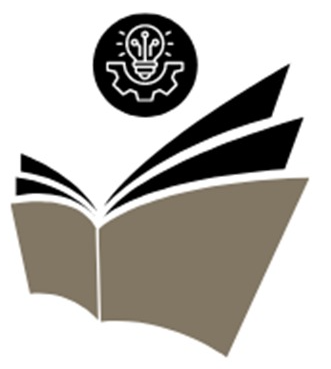
by BrainStream CEO Steve Alcorn
In a recent New York Times opinion piece, Clay Shirky outlines the challenges universities face as generative AI reshapes academic work. Traditional safeguards against plagiarism no longer suffice; students can critique AI output with AI itself, and detectors remain unreliable. To preserve learning, Shirky suggests reviving older practices: in-class blue book exams, oral defenses, mandatory office hours, cold-calling, and “authentic assessment” tasks that require genuine understanding. These methods emphasize performance in real time, echoing medieval traditions of oral learning.
While such approaches may deter lazy reliance on AI, they impose significant burdens. Professors must redesign courses, devote more in-class time to assessments, and scale oral or written exams across hundreds of students. Students, accustomed to typing and digital workflows, often find timed handwriting exams alien and frustrating.
BrainStream offers a better path. Instead of increasing professor workload, BrainStream measures learning continuously as students work through course texts. By analyzing reading patterns, comprehension checks, and engagement metrics, it tracks genuine progress without the need for intrusive high-stakes exams. This provides a more accurate, scalable, and equitable view of student learning—ensuring rigor while freeing educators to focus on teaching, not policing.
Source: New York Times, Clay Shirky, “The Only Real Solution to the AI College Cheating Crisis.”

